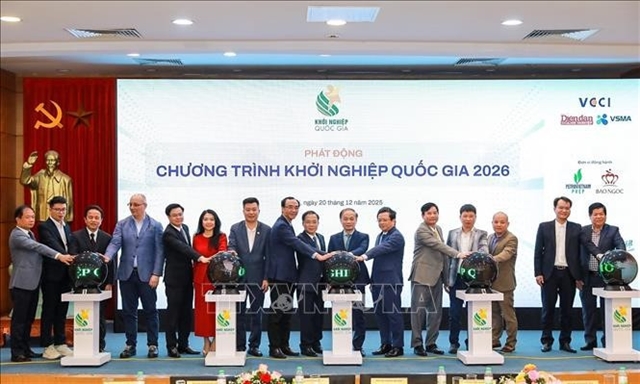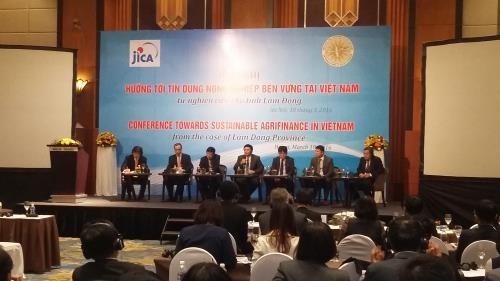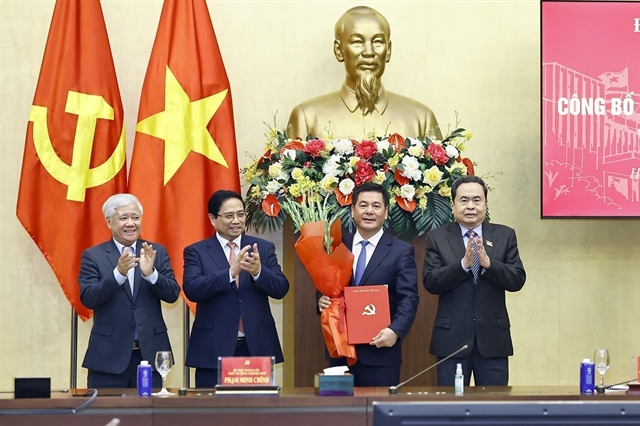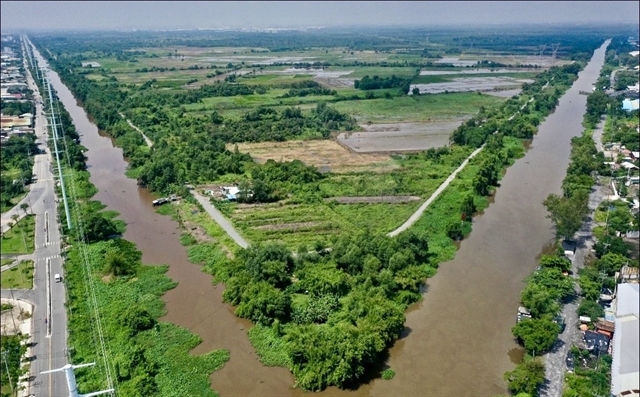 Economy
Economy

Participants at a conference organised by the Japan International Cooperation Agency discussed ways to help farmers gain access to loans.
 |
| Participants at a conference organised by the Japan International Cooperation Agency discussed ways to help farmers gain access to loans.– VNA/VNS Photo Bích Hồng |
HÀ NỘI – Helping farmers gain access to loans not only helps to reduce interest rates, but also lifts the technical barriers in credit programmes and improves their business competitiveness.
This was agreed upon by participants at the conference entitled “Towards sustainable agri-finance in Việt Nam: the case of Lâm Đồng Province”.
At the conference held in Hà Nội by the Japan International Cooperation Agency (JICA) and the Vietnam Academy of Social Sciences, experts said that bottlenecks in the credit guarantee mechanism should be solved to promote investment in agriculture.
Mori Mutsuya, chief representative of the JICA Office in Việt Nam, said a lack of capital was hindering many Vietnamese enterprises that engage in the agricultural sector from expanding their business.
According to a survey conducted by JICA on agriculture business enterprises in the Central Highland province of Lâm Đồng last year, 83 per cent of enterprises need short-term loans and 60 per cent of them received less than VNĐ50 million (US$2,243) in loans.
During a working visit to the province, he found that local farmers’ incomes could increase ninefold if they shifted from growing coffee to flowers. However, many farmers couldn’t do so because they didn’t have enough financial resources to install greenhouses for flower production, Mutsuya said.
Lâm Đồng is one of the leading provinces in developing hi-tech agriculture in Việt Nam, and thus, it was chosen for a pilot project, he said.
In order to ensure the goal of enhancing the whole value chain of agricultural produce, JICA proposed a comprehensive support framework by addressing current bottlenecks of agriculture promotion such as non-preferential loan terms, strict collateral requirements, poor business planning and huge upfront investment burdens, he said.
According to Nguyễn Đỗ Anh Tuấn, director of the Institute of Policy and Strategy for Agriculture and Rural Development, only 50 per cent of people in rural areas have access to loans, and for those who do have access, the funds meet just half of their needed investment.
Up to 65 per cent of enterprises regard capital shortage as their biggest production obstacle, and 40 per cent of enterprises called for greater efforts in administrative reforms to create favourable conditions for them.
He suggested there should be a special mechanism for lending in agriculture.
Mori Mutsuya, the chief representative of the JICA Office in Việt Nam said, in addition to concessional funding by Official Development Assistance loans, JICA would provide technical assistance to enhance banks’ capacity for loan appraisal and proactive monitoring of business assets.
Nguyễn Đồng Tiến, deputy governor of the State Bank of Viet Nam, said in the future the banking sector would keep prioritising agriculture and the rural sector for resource concentration and lending.
The sector would simplify borrowing procedures and strengthen supervision loans for agricultural production.
It will also enhance dissemination activities so that people in rural areas can better understand credit policies in the sector.
Đoàn Văn Việt, chairman of Lam Dong Province’s People’s Committee, said the province has over 39,237ha of agricultural production applying high technology, accounting for 15 per cent of cultivated land. Of this area, 14,060ha are for vegetables and flowers, 15,335ha for coffee, 5,635ha for tea and 3,585ha for rice.
He said that once pilot agrifinance projects succeed in Lâm Đồng, it would help boost hi-tech agriculture for the province in particular and the country in general. -- VNS




